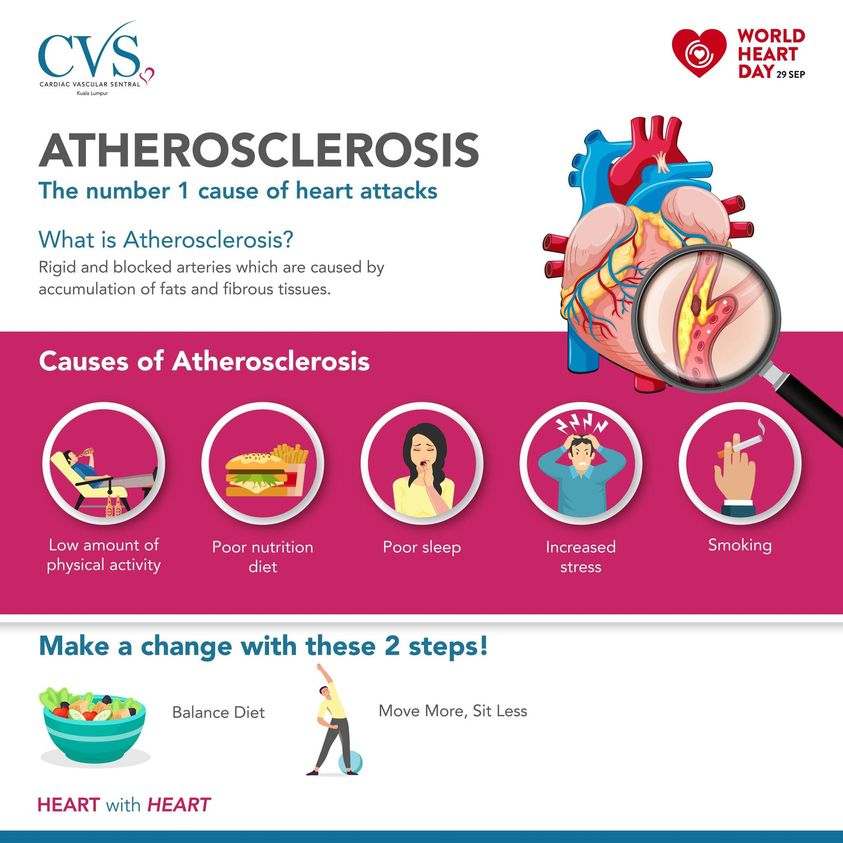Heart failure is a syndrome of ventricular dysfunction where the heart muscle becomes weak and can’t pump blood and oxygen around the body as well as it usually does.
For people with heart failure, the heart muscle would try to adapt by increasing in size and thickness. But over time this would cause the heart to not be able to contract or relax properly. When this happens, you will experience shortness of breath, fatigue, swelling in the legs, ankles and feet and many other symptoms.

In this interview, Dr Tamil Selvan Muthusamy, Consultant Cardiologist from Cardiac Vascular Sentral Kuala Lumpur (CVSKL) would be sharing his insights on the different aspects of cardiology in heart failure, angioplasty, heart beat rate and more!

The volume of blood pumped by the heart is determined by:
The contraction of the heart muscle — how well the heart squeezes
The filling of the heart chambers — how well the heart relaxes and fills with blood
Heart failure is classified based on which of these two functions is abnormal. If the heart muscle is too weak, the condition is known as heart failure with a reduced ejection fraction (HFrEF).
Ejection fraction is used to evaluate the heart's pump function; it is the percentage of blood pumped from the left ventricle (the main pumping chamber) per beat. Normal ejection fractions are greater than or equal to 50%.
Dr Tamil Selvan explained that apart from enlarged hearts, there are also heart conditions which are difficult to recognise. This condition is known as heart failure with preserved ejection fraction (HFpEF). It is where the heart pumps normally but is too stiff to fill properly.
Treating the Underlying Causes
A number of conditions can contribute to heart failure such as:
Coronary heart disease – where the arteries that supply blood to the heart become clogged up with fatty substances, which may cause angina or a heart attack.
High blood pressure – this can put extra strain on the heart, which over time can lead to heart failure.
Conditions affecting the heart muscle (cardiomyopathy).
Narrow and leaking heart valves.
Congenital heart disease – birth defects that affect the normal workings of the heart.
Infiltrative Cardiovascular Diseases: Cardiomyopathies – Deposition of abnormal substances that cause the ventricular walls to become progressively rigid, thereby impeding ventricular filling.
Metabolism problems such as diabetes, consuming too much alcohol, an overactive thyroid or high pressure in the lungs (pulmonary hypertension) can also lead to heart failure.
What should my heart rate be?
The heart rate is one of the most important indicators of health in the human body. Physical activity, threats to one's safety, and emotional responses would all cause variations in our heart rate.
A normal resting heart rate for adults ranges from 60 to 100 beats per minute. Generally, a lower heart rate at rest implies more efficient heart function and better cardiovascular fitness.
“While a normal heart rate does not guarantee that a person is free of health problems, it is a useful benchmark for identifying a range of health issues. If your baseline heart rate is constantly high even if you are at rest, this would greatly affect your cardiovascular health. This is also another sign that you should consult a medical practitioner to make sure that there is no underlying heart disease,” said Dr Tamil Selvan.
What happens if arteries become clogged with plaque?

Healthy arteries are flexible and elastic. But over time, the walls in the arteries can harden, a condition commonly called hardening of the arteries.
Dr Tamil Selvan explained that arteries can become blocked up because of the deposits of plaque — the buildup of fat, cholesterol, cells, and other substances. This condition is called atherosclerosis. These buildups narrow your arteries, decreasing blood flow to your heart which would cause chest pain, shortness of breath or even a heart attack.
Although atherosclerosis is often considered a heart problem, it can affect arteries anywhere in the body.
Angioplasty: Treatment for Heart Disease
Treatment of heart attack is one of the great success stories in modern medicine. A number of innovations have made this dramatic progress possible.
One of them is known as angioplasty, a procedure for quickly restoring blood flow to the heart muscle, is one of these key innovations, and it is the best treatment for stopping a heart attack that is in progress.
Angioplasty is often combined with the placement of a small wire mesh tube called a stent. The stent helps prop the artery open, decreasing its chance of narrowing again. It also reduces scar tissue from forming.
After an Angioplasty
While successful angioplasty improves blood flow in your arteries, it doesn’t fix the underlying condition that causes the buildup in your arteries. To reduce the risk of further blockage in your arteries, you should:
Stick to a heart-healthy diet low in saturated fat
Exercise regularly
Quit smoking and reduce alcohol consumption
Manage your stress levels.
Keep your blood pressure and cholesterol down
Outlook for heart failure
Heart failure is a serious condition. It can severely limit the activities you're able to do and is often eventually fatal. Hence, if you have an underlying heart condition, it’s important to talk with your doctor about these problems.
CVSKL is an integrated cardiac and vascular hospital, one of Malaysia's heart attack centres that offers comprehensive modern care for patients. Visit CVSKL to make an appointment with CVSKL’s team of experienced specialist doctors and cardiologists today.


